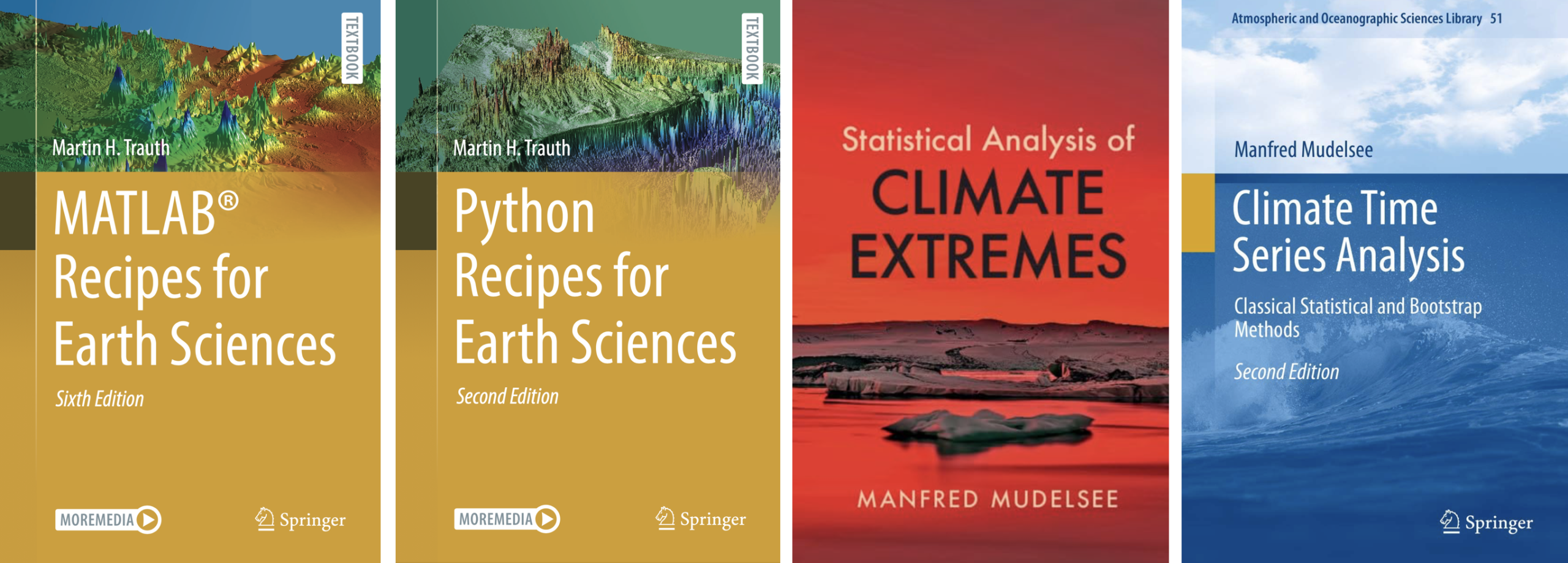PROTECT YOUR DNA WITH QUANTUM TECHNOLOGY
Orgo-Life the new way to the future Advertising by AdpathwayThe last post brought some questions, and although I can’t answer every reader’s inquiries, these were good questions and let’s face it, the purpose of this blog is to inform. So, let me take a stab at providing some answers.
1 – My understanding of your text is that you posit as a likely explanation for the apparent exceptionality of global temperatures of 2023 and 2024 is not so much on individual transient factors affecting global temperatures but rather the underlying trend of temperature rises, driven by GHG’s, which has shifted upwards. In this sense 2023 and 2024 should not really be perceived as exceptional per se, rather it is our collective modelling of the underlying trend of warming which is “exceptionally poor”. Is this a fair characterization?
Yes … and no. Yes I think the leading reason for the extremes in 2023 and 2024 was the underlying trend increase, but as I said at the end, I suspect there were some exceptional things going on too.
As for modelling of the underlying trend, my claim is that the most recent data reveal the existing model is insufficient with strong statistical significance, but only when adjusted for exogenous factors (el Nino, volcanic eruptions, the sun). The statistical model wasn’t “exceptionally poor,” rather we combined deep analysis with enough time for the signal to rise above the noise. This is how models improve.
2 – You show as evidence the fact that when you adjust the trend warming to introduce a measure of accelerated warming, then not only do you see a reduction in the residuals generally (so a better fit between modelled trend and actual observed temperatures) but also 2023 and 2024 no longer stand out as having exceptional residuals as they currently show. I would call this an indirect form of statistical evidence. Is this fair?
Yes, I think it’s fair to call it statistical evidence.
3 – My real question, is this, what about direct statistical evidence: if what you say is true (and my understanding of what you say is correct) then would this not mean that the residuals viz the current modelling of the trend “straight-line trend plus stationary noise” should be increasing with time as the acceleration deviates more and more from the baseline modelling scenario?
Yes. If you follow the link to the pre-print of Stefan’s and my submitted paper, look at the final graph and you’ll see just that: residuals from the current “straight-line-plus-noise” model for each data source. They also show the best-fit PLF model to those residuals (red line) which indicates when they start to deviate.
3.1 – shouldn’t this increase in residuals not have started to happen before 2023 and 2024?
As the final figure shows, they do indeed start to increase prior to 2023, except for the data from HadCRU. And it turns out that they do so even for that data source, they just don’t reveal it to the PLF+changepoint model (but will for other models, including leaving out 2023 and 2024 altogether)
3.2 – does the data show or rather is there enough data to show this widening in the residuals? since when approximately?
My best estimate: the year 2014.
I’d also like to comment on another reader’s idea, that a good model for the temperature trend is a quadratic increase since the year 2000. I quite agree that it’s a good model, and I will repeat that the statistical significance of my choice (PLF) doesn’t prove my model, it disproves the null hypothesis (straight-line-plus-noise). I don’t think we have enough data yet to discriminate which model is a better choice. But I firmly believe that none of them is right — despite being more or less useful.
You can help this blog; feel free to
donate at my wee dragon























 English (US) ·
English (US) ·  French (CA) ·
French (CA) ·